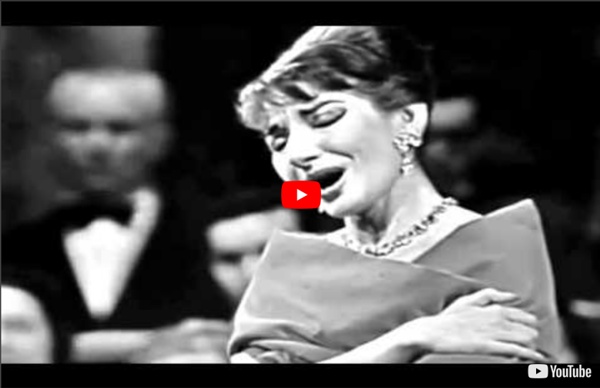



Church music Church music is music written for performance in church, or any musical setting of ecclesiastical liturgy, or music set to words expressing propositions of a sacred nature, such as a hymn. History[edit] Early Christian music[edit] Christianity began as a small, persecuted Jewish sect. Later, there is a reference in Pliny who writes to the emperor Trajan (61–113) asking for advice about how to prosecute the Christians in Bithynia, and describing their practice of gathering before sunrise and repeating antiphonally 'a hymn to Christ, as to God'. Gregorian chant[edit] The IntroitGaudeamus omnes, scripted in square notation in the 14th—15th century Graduale Aboense, honours Henry, patron saint of Finland Gregorian chant is the main tradition of Western plainchant, a form of monophonic liturgical chant of Western Christianity that accompanied the celebration of Mass and other ritual services. In its long history Gregorian Chant has been subjected to many gradual changes and some reforms.
8 Hour Old School Hip-Hop Mix (90's and 80's Rap Playlist by ERIC THE TUTOR) - MATHCLA$$MUSIC MIX V1 Religious music David playing his harp (unknown artist, c. 960). The book of Psalms, included in the Jewish and Christian scriptures, and said to have been written largely by David, is one of the earliest collections of sacred music, and still plays a role in the liturgies of the two religions. Religious music (also sacred music) is music performed or composed for religious use or through religious influence. Christian music[edit] The earliest music in the Christian Church came from Jewish worship music. Hindu music[edit] Hindu music is music created for or influenced by Hinduism. Sikh music[edit] Jewish music[edit] The earliest synagogal music was based on the same system as that in the Temple in Jerusalem. Islamic music[edit] Rastafarian music[edit] Shintō music[edit] Shintō music (神楽) is ceremonial music for Shinto (神道) which is the native religion of Japan. Buddhist music[edit] Buddhist music is music for Buddhist ceremony or meditation. Zoroastrian music[edit] See also[edit] References[edit]
Cazzette Talk the EDM Movement, Finding Artistic Freedom and their Upcoming EP [TMN Exclusive Interview + BTS Video Premiere] Cazzette Together (Till The Morning) Feat. Newtimers I can still remember vividly hearing my first Skrillex song in a hazy dorm room about five years ago–it was around the same time that “EDM,” to some people’s chagrin, became an unstoppable force in mainstream music. As Cazzette rose to popularity, they signed with legendary manager Ash Pournouri, who’s best known for helping launch Avicii‘s career, and ended up supporting Avicii on his world tour when “Levels” was making him a household name. Cazzette have seen EDM from its inception to its current, somewhat stagnant, state working to push their music forward exploring various soundscapes along the way. We were lucky enough to chat with Alex and Seb of Cazzette and it’s a fascinating, candid retrospective on the EDM movement as well as a powerful story about the artistic freedom displayed on their EP. Alex: So for me, I’ve always been around music. TMN: When you guys first linked up, it was online, right? Alex: Exactly. Related items:
Adagio for Strings History[edit] Barber's Adagio for Strings began as the second movement of his String Quartet, Op. 11, composed in 1936 while he was spending a summer in Europe with his partner Gian Carlo Menotti, an Italian composer who was a fellow student at the Curtis Institute of Music.[2] The inspiration came from Virgil's Georgics. In the quartet the Adagio follows a violently contrasting first movement (Molto allegro e appassionato) and is succeeded by music which opens with a brief reprise of the music from the first movement (marked Molto allegro (come prima) – Presto).[3] In January 1938 Barber sent an orchestrated version of the Adagio for Strings to Arturo Toscanini. The conductor returned the score without comment, which annoyed Barber. Toscanini took Adagio for Strings on tour to South America and Europe, the first performances of the work on both continents. Composition[edit] Samuel Barber's Adagio for Strings is a short instrumental piece for orchestra. Critical reception[edit] G.
Samuel Barber (1910-1981) Biography[edit] Early years[edit] Childhood home of Samuel Barber in West Chester, Pennsylvania Barber was born in West Chester, Pennsylvania, the son of Marguerite McLeod (née Beatty) and Samuel Le Roy Barber.[2] He was born into a comfortable, educated, social, and distinguished American family. At a very early age, Barber became profoundly interested in music, and it was apparent that he had great musical talent and ability. Dear Mother: I have written this to tell you my worrying secret. Barber attempted to write his first opera, entitled The Rose Tree, at the age of 10. Middle years[edit] Barber served in the Army Air Corps in World War II, where he was commissioned to write his Second Symphony, a work he later suppressed. Later years[edit] Barber died of cancer in 1981 in New York City at the age of 70. Achievements and awards[edit] Barber was initiated, as a full collegiate member, into the Zeta Iota chapter of Phi Mu Alpha Sinfonia music fraternity at Howard University in 1952.